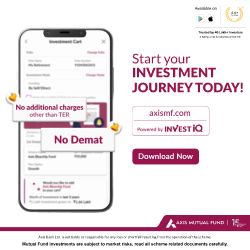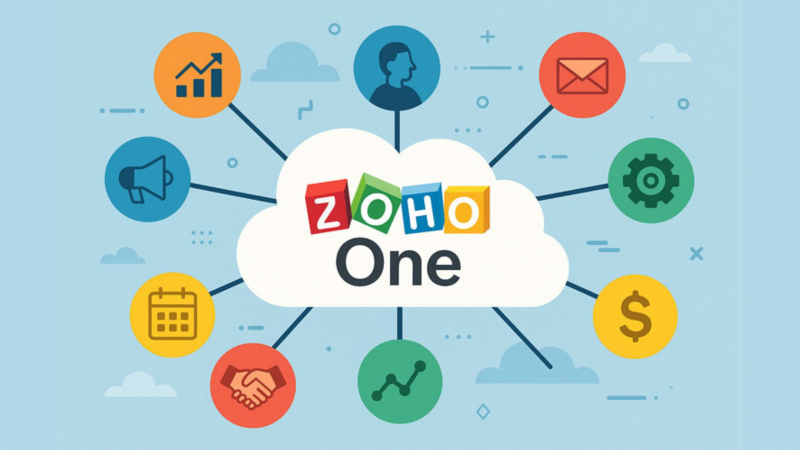India Now Faces Highest US Tariff at 50%: How It Compares Globally & What’s Next
Why Has India Been Hit With a 50% US Tariff?On August 6, 2025, President Donald Trump signed an executive order imposing an ad
- by Shan 2025-08-07 11:19:30
Quick Summary
The United States has now imposed a total 50% tariff on imports from India after the new 25% increase that President Trump ordered.
India and Brazil now have the highest US tariff rates (as a percentage) in the world.
Related to India's continued oil imports from Russia and a general shift in the US trade policy direction.
This blog post outlines how we got here, how global tariffs compare, and what the future might look like for Indian exporters, policymakers, and global investors.
Why Has India Been Hit With a 50% US Tariff?
On August 6, 2025, President Donald Trump signed an executive order imposing an additional 25% tariff on all Indian imports, citing India’s ongoing energy trade with Russia. The order brings the total effective US tariff on Indian goods to 50% — the highest among all major trade partners.
The White House stated that India's refusal to restrict oil imports from Russia "breached shared democratic and energy security interests." This is an ongoing aspect of the US's broader strategy to isolate Russia economically, and therefore it makes sense to put countries that are considered as enabling Russia's revenue streams in the doghouse through custom trade barriers.
Global Comparison: Which Countries Face the Highest US Tariffs? Here’s a snapshot of where India stands globally under the new US tariff regime: Takeaway: India now sits at the top of the US tariff list, alongside Brazil. The sharp increase signals deeper geopolitical and trade tensions beyond traditional economic factors. What Triggered the Tariffs on India? Russia-India Oil Trade: Although Western sanctions were imposed on Russia, India has maintained its purchasing of discounted crude oil from Russia. Washington sees India's purchases as undermining the sanctions imposed on Russia. Energy Security Politics: The US has increased efforts to isolate Russia's energy market and is now promoting policy shifts associated with the nations that facilitate Russia's exports. WTO Gridlocks: Multilateral trade institutions have slower responses, thus the US is putting in unilateral tariffs to impose policy shifts. How Do India’s Regional Peers Compare? India’s new tariff rate far exceeds that of other Asian economies and even US allies. Takeaway: India now faces far greater US trade friction than both its neighbours and strategic partners like Japan or the EU. Here are the sectors likely to take the biggest hit due to the 50% tariff barrier: Note: Software services are largely unaffected, as tariffs mainly apply to physical goods. India's Ministry of External Affairs termed the move as 'unfair, unjustified, and unreasonable', ultimately noting that India's energy decisions are based on its sovereign interests. Trade bodies like FIEO (Federation of Indian Export Organisations) have suggested that the rise in tariff may lead to cancellations of orders especially among MSMEs which operated on thin profit margins. With tensions now visible, several likely scenarios could unfold: Negotiated Tariff Rollback Diversification of Export Markets Closer BRICS Engagement Legal Action at WTO Expert Opinions Dr. Rajeev Batra, Trade Economist, ICRIER: Tanvi Mehta, Director, Global Supply Chain Forum: Key Takeaways India currently holds the highest US tariff position in the world (at 50%), along with Brazil. The decision is related to geopolitical tensions over imports of Russian energy. Exporters are likely to be very hard hit in significant trade sectors, such as apparel, auto, jewelry, etc. India may either have to diversify its export markets, strengthen BRICS trade, or consider WTO arbitration. Future trade talks may take place between Delhi and Washington, which may provide an opportunity for course correction. In August 2025, the US instituted 50% tariffs on all imports from India in reaction to India's purchase of discounted oil from Russia. The White House indicated that this would undermine the Western sanctions against Russia, and President Trump issued an executive order to increase the tariffs to 50%, by adding 25% to the tariff previously ordered. Which countries are facing the highest US tariffs right now? As of August 2025, India and Brazil face the highest US tariffs at 50% each. Other countries under high tariff regimes include Syria (41%), Myanmar (40%), Switzerland (39%), and China (30%). How will India’s 50% tariff affect exports? The new tariff is likely to have a major impact on Indian exports to the US, particularly in sectors such as: textiles, auto components, gems and jewellery, and pharmaceuticals. Many MSMEs could potentially lose their access to the US market or cancellations to orders, potentially due to increases in costs. Will this tariff affect India’s software or IT services exports? No. Tariffs primarily apply to physical goods, not services. Software and IT services exports to the US remain unaffected. What can India do in response to the US tariffs? India has a few options: Negotiate with the US to ease tariffs Shift focus to alternate markets like the EU, Gulf, or BRICS+ Challenge the tariff hike at the WTO Rebalance its energy sourcing to reduce reliance on Russian oil Is the India-US trade relationship at risk? Even with the increased tensions, both countries have strong economic and strategic ties - the tariff is certainly a setback, but there may be future dialogue or diplomatic initiatives that can reduce the trade conflict. India will likely take both diplomatic and strategic actions to protect its economic interests. Final Thought This is a test of India's global trade strategy and its ability to manage economic interests alongside geopolitical realities. What emerges from this could change not just India–US trade but also India's position in a rapidly changing global economy.Top 10 Countries Facing Highest US Tariffs (as of August 2025)
Which Indian Sectors Are Most Exposed?
Top Indian Export Sectors at Risk
India’s Response: What the MEA and Industry Are Saying
What’s Next for India–US Trade Relations?
Possible Outcomes
India may enter trade talks with the US to negotiate a rollback, possibly by offering diversification in oil sourcing.
Indian exporters may look to ramp up trade with the EU, ASEAN, and Gulf countries to offset US losses.
As Western trade ties cool, India may push for stronger economic ties within BRICS+ and SCO networks.
India may explore challenging the tariffs under WTO rules, though results are slow and uncertain.
“This move is as political as it is economic. India will need to be careful not to get caught in a new Cold War-style economic rivalry.”
“Exporters must quickly identify tariff-free trade corridors—this is not the time to wait and watch.”Frequently Asked Questions
Why did the US impose a 50% tariff on India in 2025?
Read Also: India-US Trade Talks Collapse: Tariffs, Russia Ties & Export Risks Explained
POPULAR POSTS
Loan EMIs to Drop as RBI Slashes Repo Rate - Full MPC December 2025 Highlights
by Shan, 2025-12-05 11:49:44
Zoho Mail vs Gmail (2025): Which Email Platform Is Best for Businesses, Startups, and Students?
by Shan, 2025-10-09 12:17:26
PM Modi Launches GST Bachat Utsav: Lower Taxes, More Savings for Every Indian Household
by Shan, 2025-09-24 12:20:59
$100K H-1B Visa Fee Explained: Trump’s New Rule, Clarifications & Impact on Indian Tech Workers
by Shan, 2025-09-22 10:11:03
India-US Trade Deal Soon? Chief US Negotiator Arrives in Delhi as Talks Set to Begin Tomorrow
by Shan, 2025-09-15 11:54:28
Modi Meets Xi: Trump’s Tariffs, Strategic Autonomy, and the Future of Asia’s Power Balance
by Shan, 2025-09-03 06:40:06
Google Claims Gemini AI Uses Just ‘Five Drops of Water’ Per Prompt, Sparks Debate
by Shan, 2025-08-22 12:34:27
RECENTLY PUBLISHED

Pine Labs IPO 2025: Listing Date, Grey Market Premium, and Expert Outlook
- by Shan, 2025-11-05 09:57:07

The Agentic Revolution: Why Salesforce Is Betting Its Future on AI Agents
- by Shan, 2025-11-05 10:29:23

Top 10 Insurance Companies in India 2026: Life, Health, and General Insurance Leaders Explained
- by Shan, 2025-10-30 10:06:42

OpenAI Offers ChatGPT Go Free in India: What’s Behind This Big AI Giveaway?
- by Shan, 2025-10-28 12:19:11

Best Silver Investment Platforms for 2025: From CFDs to Digital Vaults Explained
- by Shan, 2025-10-23 12:22:46





 Subscribe now
Subscribe now 